-
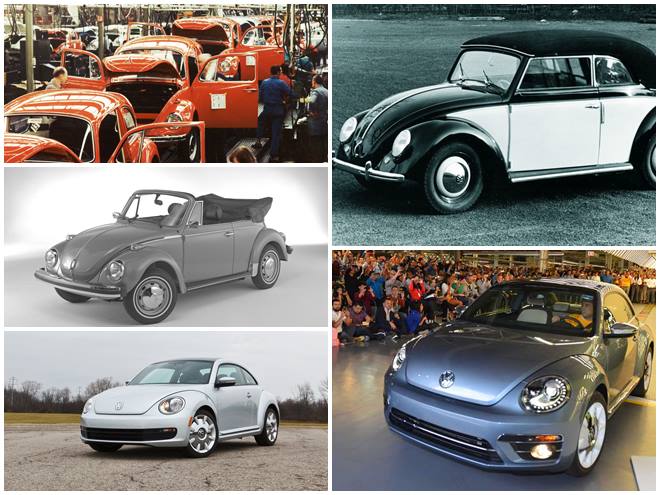
Volkswagen Beetle – one of the most prominent and popular icons in the automobile industry or otherwise as well. Beetle's history is rife with surprise as it finds its roots Adolf Hitler-era Germany. One of the most notorious dictators the world has ever seen, in fact, was rather very instrumental in bringing the 'car' to the common people in Europe in the form of Volkswagen Beetle. And now, the icon is going out of production for good after about nine decades. And hence, we shall take a walk down memory lane and understand the Beetle's evolution.
-
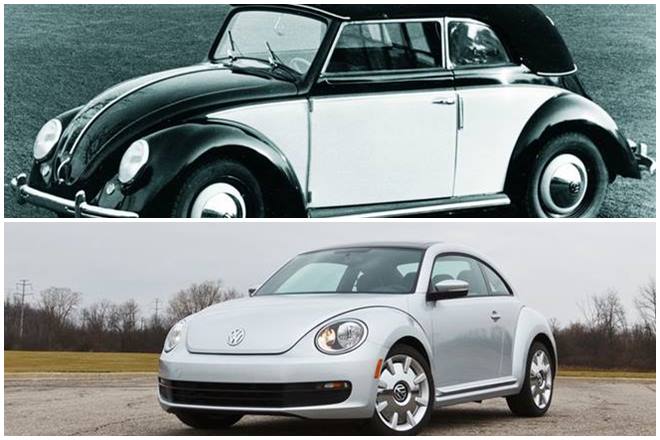
Ford Model T was the first "people's car" but an engineer named Ferdinand Porsche wanted to build one for the masses in his country. Meanwhile, Adolf Hitler saw Volkswagen as a way to solidify his position as Germany's ruler and he backed rolling out an affordable small car which would also help the economy in Germany which was then struggling with post war depression.
-
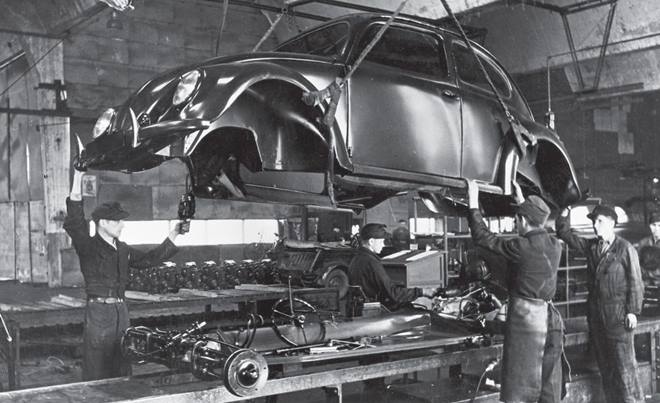
The 1934-45 model was born. Volkswagen Beetle was a simple yet sophisticated machine for its time with a distinctive design. But the Beetle's future hung in uncertainty for a bit since Hitler began World War II as the bug went into production.
-
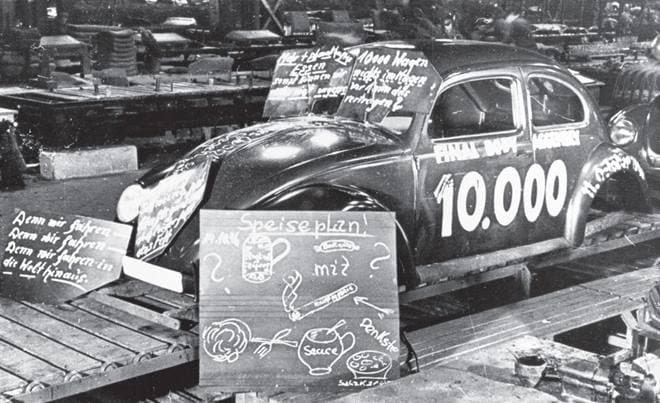
Fast forward to 1945. The war is over, the world is relieved as Germany falls to the Allied Forces and the Volkswagen factory lying in ruins is set to roll out a civilian model. The Wolfsburg plant was hit by ongoing repairs, material shortages, and not having an owner. The Allied government put Major Ivan Hirst in charge and the factory was restored to full service with an order for 20,000 VWs for the occupation forces. Pictured here is the assembly of the 10,000th Bug.
-
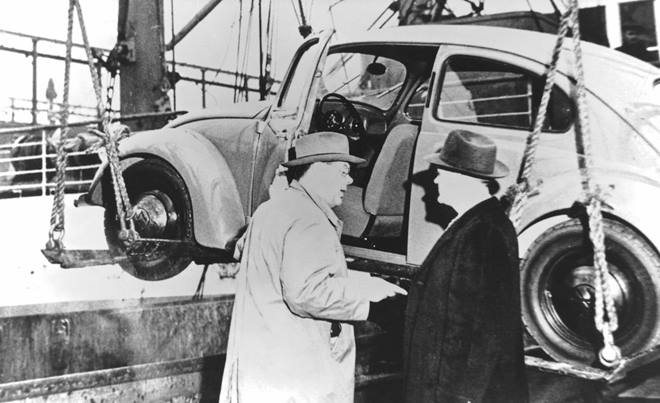
The operation of the Wolfsburg factory went to ex-Opel executive Heinz Nordhoff as Henry Ford II refused to take charge and the British had no interest in the factory or the car. Nordhoff, however, began exports to Denmark, Sweden, Belgium, and Switzerland in 1947.
-
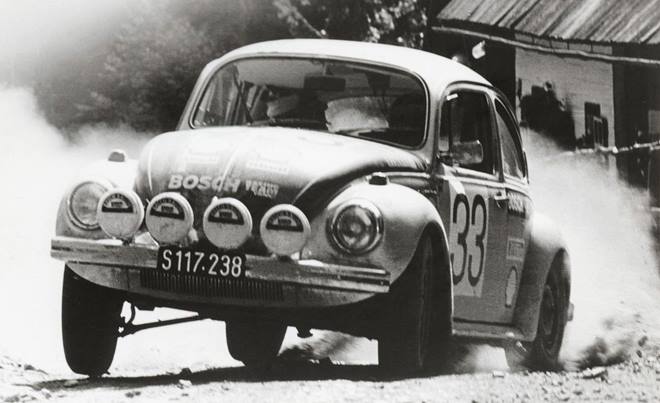
Re-launched as a civilian carmaker under supervision of the British occupation authorities, the Volkswagen factory was transferred in 1949 to the Germany government and the state of Lower Saxony, which still owns part of the company. By 1955, the millionth Beetle — officially called the Type 1 — had rolled off the assembly line in Wolfsburg. (Pictured here is a Beetle stomping authority on rally stage)
-
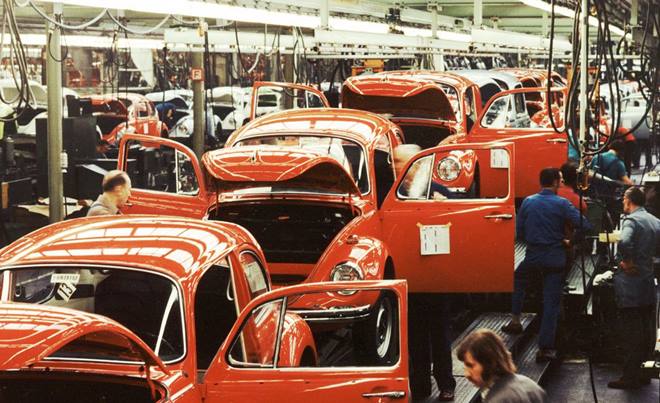
The United States became Volkswagen's most important foreign market, peaking at 563,522 cars in 1968, or 40% of production. Unconventional, sometimes humorous advertising from agency Doyle Dane Bernbach urged car buyers to "Think small."
-
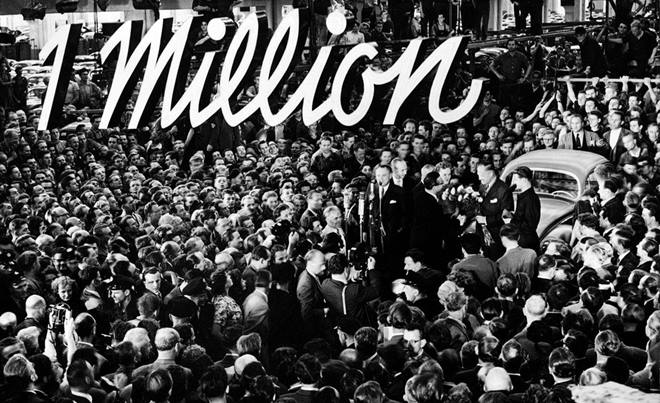
Production at Wolfsburg ended in 1978 as newer front drive models like the Golf took over. But the Beetle wasn't dead yet. Production went on in Mexico from 1967 until 2003 — longer than the car had been made in Germany. Nicknamed the "vochito," the car made itself at home as a rugged, Mexican-made "carro del pueblo."
-
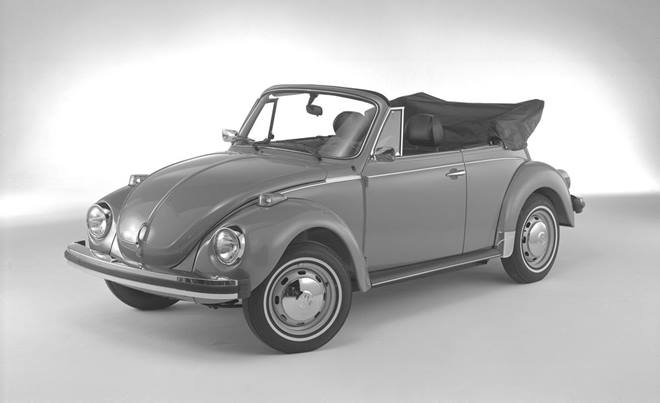
The New Beetle — a completely retro version build on a modified Golf platform — resurrected some of the old Beetle's cute, unconventional aura in 1998 under CEO Ferdinand Piech, Ferdinand Porsche's grandson. In 2012, the Beetle's design was made a bit sleeker.
-
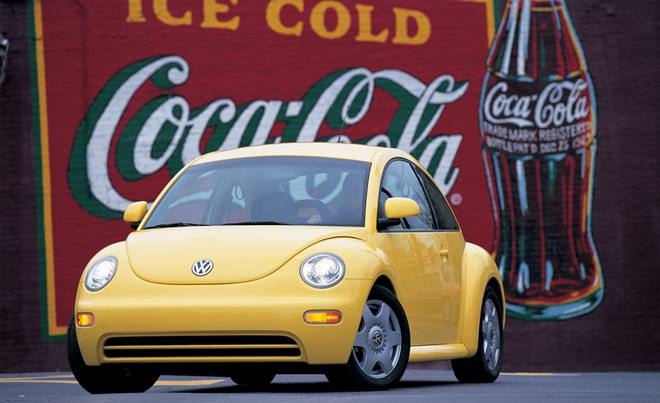
The end of the Beetle comes at a turning point for Volkswagen as it rebounds from a scandal over cars rigged to cheat on diesel emissions tests. The company is gearing up for mass production of the battery-driven compact ID.3, a car that the company predicts will have an impact like that of the Beetle and the Golf by bringing electric mobility to a mass market.
-
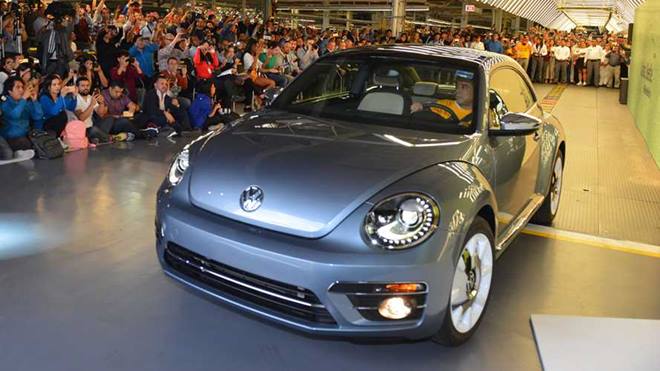
The last of 5,961 Final Edition versions of the Beetle has been sent to a museum after ceremonies took place in Puebla on July 10 to mark the end of production. (Pictured here: the very last unit of a Volkswagen Beetle; courtesy: Motor1)
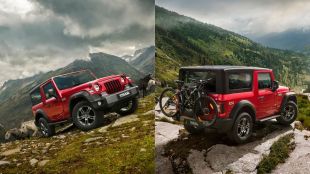
6 Photos




